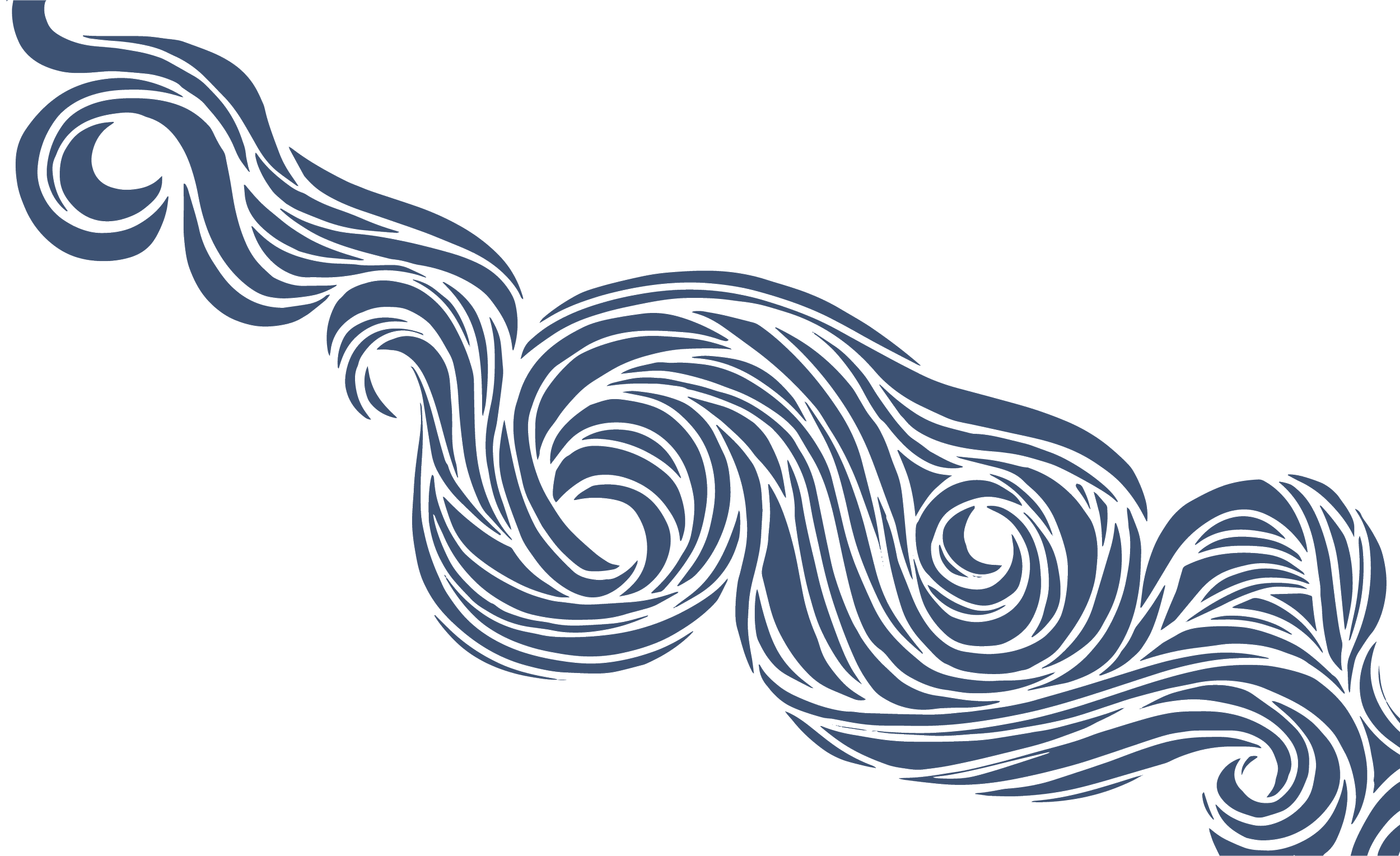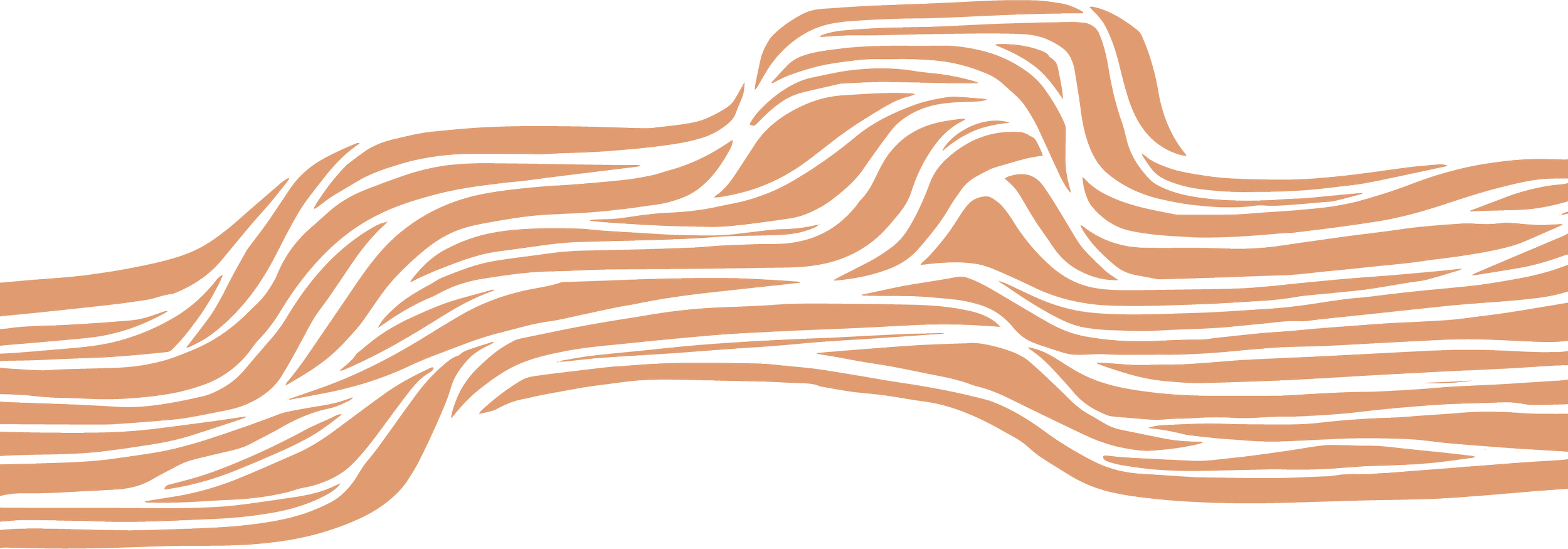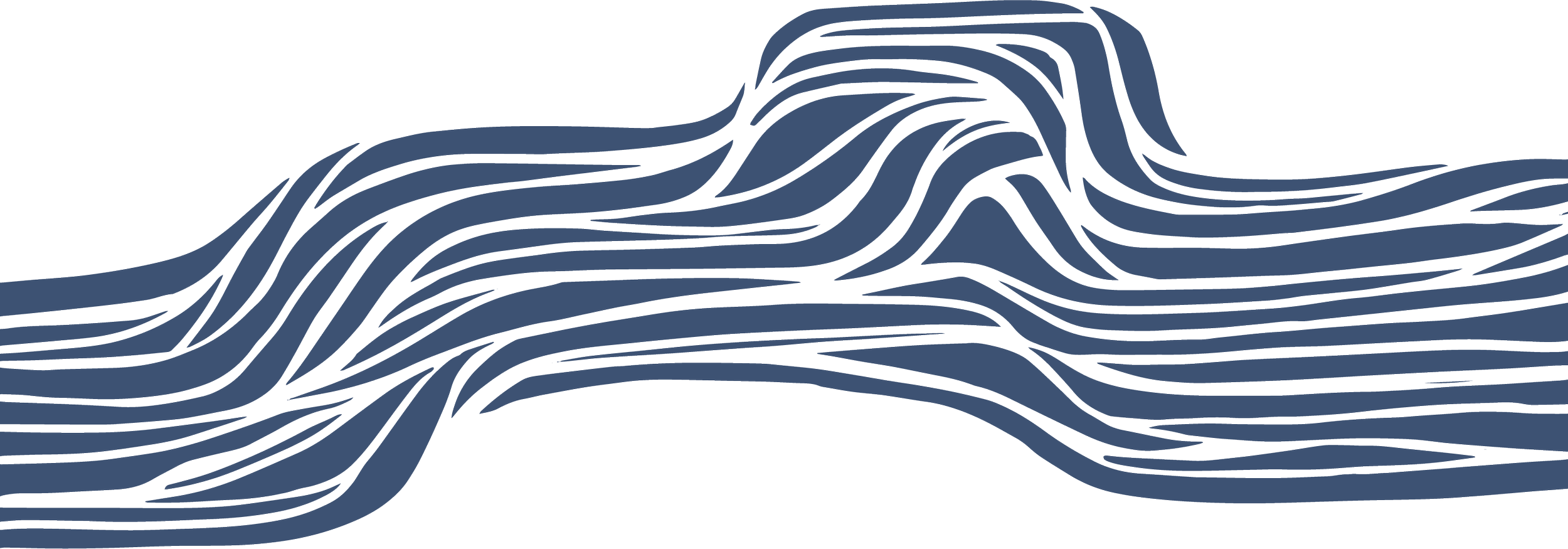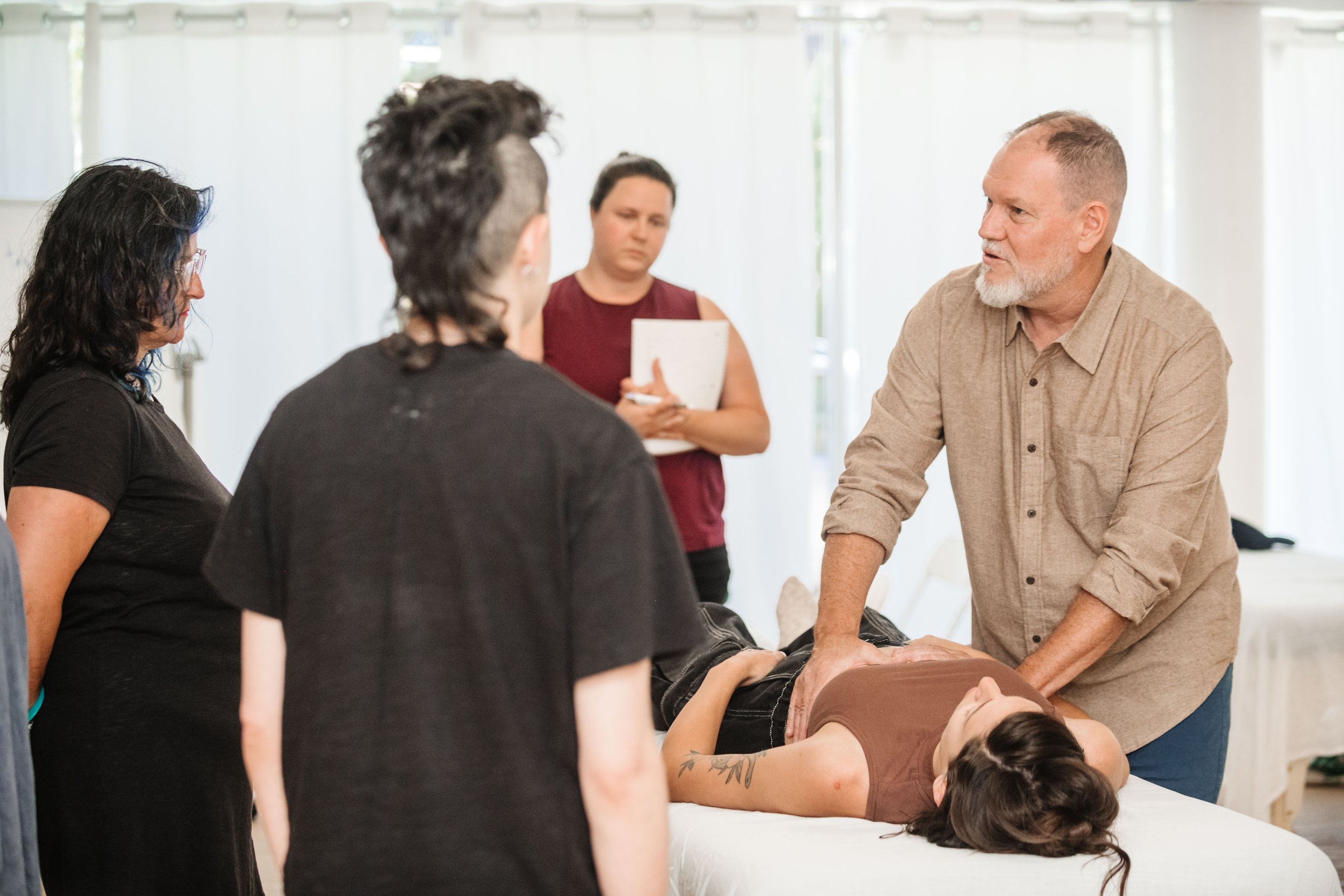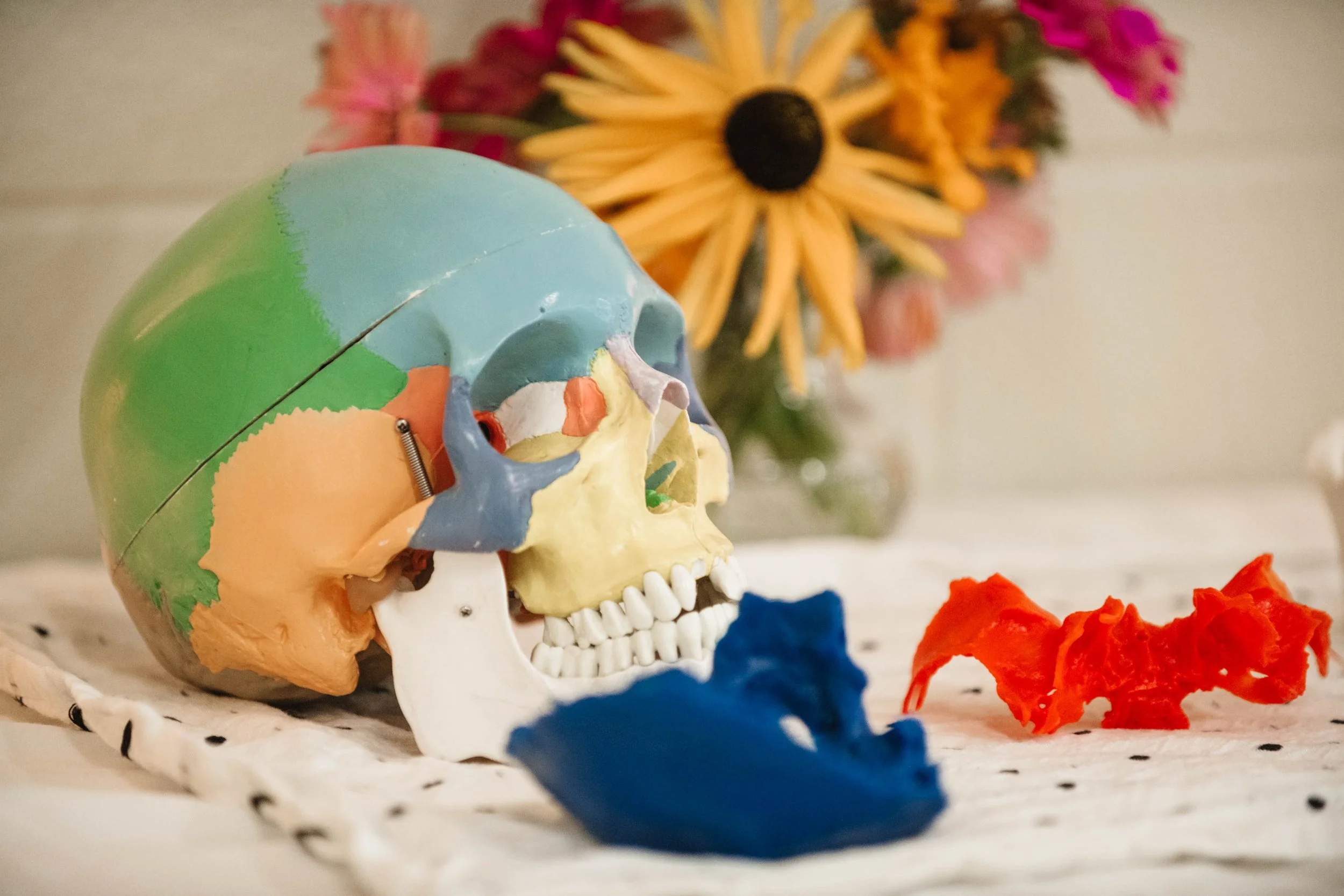Craniosacral Therapy Training for Massage Therapists, Acupuncturists, and Touch-based Practitioners
Where precise technique meets skillful presence
Craniosacral therapy is a conversation with the central nervous system—
A way of communicating with the deepest organizing forces in the body through gentle, precise touch.
This isn't about manipulating bones or forcing change. It’s an invitation into relationship with subtle rhythms, fluid dynamics, and tissue intelligence. Through skilled contact, you can create a container where natural shifts and healing capacities can emerge.
And when you meet the body at this level of subtlety and respect, something remarkable happens—both for your clients experiencing newfound integration and for you as a practitioner discovering a deeper dimension of therapeutic relationship.
The MMI approach to craniosacral therapy
Where accessible concepts develop into rich, personalized understanding
At Moving Mountain Institute, we approach craniosacral work as both science and art. We start with accessible concepts that make cranio approachable, and then layer more and more meaning into what those words mean. This makes learning both rigorous and enjoyable as you develop your own distinct relationship with the work!
You'll develop precise osteopathic techniques for working with cranial bones, dural membranes, and cerebrospinal fluid. But you'll also develop the quality of presence that transforms technique into genuine therapeutic skill. Because ultimately, the body doesn't care who or what you follow—it cares how you listen and how you respond.
The result is training that creates practitioners who can work confidently with both the tangible and intangible aspects of healing—where what you know anatomically blends with what you feel happening beneath your hands.
“The craniosacral therapy series has developed my felt sense in ways that I couldn’t predict and has changed the way I approach learning other interests of mine. This series has completely changed the way I think about healing. I feel like I could take this course again and again, and get something new out of the material each time.”
“This is not your general weekend continuing education class. This is a class that will assist you in developing your skills, style and intuition to be a cranial sacral practitioner. The community, the content, the teacher and the other students reached well beyond my expectations. Truly a priceless experience.”
Craniosacral Therapy Training at Moving Mountain Institute
Inside this course series, you’ll be invited into the rich and often beguiling world of the craniosacral system in a way that’s fun and approachable while also deeply meaningful. The principles underlying craniosacral therapy are introduced along with an appreciation for the “terrain” of the system. This establishes a foundation for you to embody the principles and develop a personal process with the work (instead of being reliant upon protocols when you’re working with your people).
You’ll receive individualized instruction and support finding your own touch signature and palpating the craniosacral rhythm from this place, your “touch home base.”
“Michael and the teaching assistants provided a safe and supportive learning environment that allowed me to sink deeply into the practice. The training is fantastic. I gained new confidence in my ability to support my patients with this subtle, gentle, and powerful healing modality.”
-
CST Foundations I
October 3-5 and
November 14-16, 2025 -
CST Foundations I
February 27-March 1 and
April 10-12, 2026 -
CST Foundations II
February 20-22 and
April 17-19, 2026
Craniosacral Therapy Foundations I Training
Winter/Spring Training Course begins February 27, 2026!
The Craniosacral Therapy Foundations I Course gives participants a comprehensive skill set to perform craniosacral therapy in a variety of clinical settings.
Through hands-on, in-person workshops as well as self-paced online lectures, you’ll learn to develop “listening hands”, learn the main craniosacral releases, and address important areas related to the craniosacral system, such as the jaw, thoracolumbar fascia, and cervical fascia.
Dates & Details
-
Two 3-day workshops in our classroom in Portland, Oregon
Access to the online classroom lectures and materials beginning 45 days before the training series begins and ending 90 days after it ends
-
2 Weekends:
Module I: February 27-March 1, 2026
Module II: April 10-12, 2026
Class Times:
Friday 9:30am-4:30pm,
Saturday 9:30am-4:30pm,
Sunday 9:30am-3:30pm
-
Regular Price: $2,336
Earlybird Discount: $1,985 (until January 27)
Equity Pricing for BIPOC Practitioners: $1,868
Craniosacral Therapy Foundations II Training
Winter/Spring Training Course begins February 20, 2026!
The Foundations II training series is built on the notion learning is cyclical, not linear—and hands-on skills development is a process, not an event. Many bodywork trainings pile techniques on each other to convey the false impression that more equals better. Our clinical experience is different: we have learned that going deep into the heart of a technique increases skills exponentially.
In this series, some important new techniques are introduced while we support you in learning how to be an apprentice to the work so each time you treat, you are learning and cultivating your skillset.
Highlights of the new techniques are intraoral work, releases for the facial bones (increasingly important in our infectious disease reality) and combined releases, which are essential to Michael’s clinical approach and a unique opportunity for participants.
Dates & Details
-
Two 3-day workshops in our classroom in Portland, Oregon
Access to the online classroom lectures and materials beginning 45 days before the training series begins and ending 90 days after it ends
-
2 Weekends:
Module III: February 20-22, 2026
Module IV: April 17-19, 2026
Class Times:
Friday 9:30am-4:30pm
Saturday 9:30am-4:30pm
Sunday 9:30am-3:30pm
-
Regular Price: $2,336
Earlybird Discount: $1,985 (until January 20)
Equity Pricing for BIPOC Practitioners: $1,868
Opportunities to Save
Take 35% off - if you previously completed CST I-III
Take 50% off - if you previously completed CST Foundations and Advanced Integration
Email thea@movingmountainstitute.com for your discount code.
Payment plans are available too!
-
Cst Foundations I Training
Craniosacral Therapy Certification
The Certification Cohort begins in September 2025!
Students who complete the Craniosacral Therapy Foundations I and II Training series are eligible to complete their Craniosacral Therapy Certification with Moving Mountain Institute.
Becoming certified highlights your commitment to this work and emphasizes your extensive training and expertise to your clients. CST is popular now (good! People need skilled craniosacral therapists in our ever-complexifying world!), but rigorous training is essential. There’s a world of difference between a brief exposure in massage school and this kind of deep, nuanced, and nourishing study + practice.
MMI’s certification program blends individual and cohort-based learning, because we're big believers that we learn more together. Over 9 months, your cohort will move through the process as a community, with milestones to keep everyone together while allowing flexibility within each phase. You'll develop your skills alongside other practitioners who share your dedication, which dimensionalizes the learning and makes it a lot more fun.
Independently, you’ll study the course material online, complete skills checks with MMI facilitators, and work through practice sessions and case studies with real clients. There are also group touchpoints with your cohort on Zoom to process what you're learning—sharing "aha moments," challenges, and discoveries—and you’ll attend two ½-day in-person classes with Michael in Portland, OR.
By the end, you'll feel more confident in your personal approach as a craniosacral therapist and have a community of peers to continue learning with throughout your career. The program is designed to engage all the skills this work requires, because collaboration is essential to becoming the kind of practitioner people need. We center what leads to better outcomes for you as a participant and, most importantly, for the people you'll treat throughout your career.
Dates & Details
-
September 2025 - June 2026
Remote individual and group work + two ½ day, in-person workshops in Portland, Oregon
-
$1,250
-
Completion of CST Foundations I and II
-
MMI certificate trainings are intended for licensed professionals or students currently on a licensing path in a healthcare field (LAc, LMT, ND, etc.). Upon successful completion of MMI CST series, students will receive a certificate of completion from the school, e.g. Certified by Moving Mountain Institute in Craniosacral Therapy. MMI program certification doesn't supersede state professional licensing requirements for the practice of touch. It is the responsibility of each participant to ensure the use of these techniques are done within the scope of practice within their profession.
Continuing Education Credit
There are up to 17 in-person class hours per each individual weekend available for CE credit, and CE credits are also available for the online content completed prior to the in-person workshops. Each course module is eligible for corresponding CE hours through the Oregon Board of Naturopathic Medicine (OBNM), the National Certification Commission for Acupuncture and Oriental Medicine (NCCAOM) and the National Certification Board for Therapeutic Massage and Bodywork (NCBTMB). Please see individual course listings for exact CE hours.
Participants will receive certificates of completion for each in-person module attended.
Is this craniosacral therapy training right for you?
This approach to craniosacral therapy serves practitioners who sense there's something deeper to this work than what's typically taught. You'll thrive here if you're:
-
A Touch-Based Practitioner Expanding Your Skills
This training translates across modalities and can be a good fit for massage therapists, acupuncturists, and more. Craniosacral work complements more structural approaches well, allowing you to address both physical restrictions and the nervous system patterns that maintain them.
-
Drawn to Subtle Yet Powerful Work
You're interested in approaches that create profound shifts without force. Perhaps you've sensed the potential of craniosacral work but haven't found training that balances technical precision with the art of listening.
-
Working with Nervous System-Related Conditions
This training especially benefits practitioners whose clients deal with headaches, TMJ dysfunction, sleep issues, anxiety, post-concussion symptoms, or other conditions where the central nervous system plays a crucial role.
-
Looking to Develop Skills That Evolve With You
Unlike protocol-based approaches, this training provides a foundation that continues to deepen with practice. You'll develop cranial touch that becomes more nuanced and effective the longer you work with it, preventing the plateaus that lead to burnout.
-
Seeking Your Own Authentic Expression
You want to find your own relationship with craniosacral work, not simply mimic someone else's approach. Here, your unique way of sensing and responding is essential to the work's evolution.
“These courses will meet you where you are and help you deepen your medicine and your hands’ sensitivity. Don’t miss it.
Michael and the MMI teaching assistants will take you on a most nourishing dive into the cranial sacral system and the practitioner-patient relationship. It’s not to be missed if you’re interested in the intersections of cranial rhythms, nervous systems, interpersonal biology, and anatomy.
They teach solid practical skills and a treatment approach that builds practitioner confidence. Nuanced anatomy lessons provide an anchor for your “listening hands.” It’s more than skills and anatomy lessons though. It’s a whole world view built on the principle of “the direction of ease.”
A note from Michael, your teacher
We start in the present with the expertise and wisdom of the bodies in the room.
What excites me most about teaching craniosacral therapy isn't passing down rigid protocols but co-creating a classroom as a living laboratory, a place to practice building new worlds. Together, we share a liminal space of exploration, where your questions and discoveries shape our collective growth.
Our learning always begins by placing the body at the center of our inquiry—not as an abstract concept, but as the living wisdom each of us already carries. This approach honors what you already know about embodiment while opening doorways to deeper understanding.
I've intentionally designed this training to be both rigorous and joyful. We work with simple concepts—bones, a bag, fluid, and stuff—that gradually reveal profound complexity as your hands develop the sensitivity to perceive subtle rhythms and patterns. Instead of pursuing “structural” or “biodynamic” CST, we take the approach that the body is a self-organizing whole in relationship with other bodies and the earth in both seen and unseen ways.
And in this way, the principles that guide this work don’t pass through us unchanged! Rather, they move through each of us like light through a prism, refracting into practice patterns that are entirely unique. My goal is for you to leave having begun to develop your own authentic relationship with this work. The simple math here is one of infinite potential.

Slow down, discover, and let the body teach you.
Curious about beginning (or continuing) craniosacral therapy training at MMI?
Frequently Asked Questions
-
At Moving Mountain Institute, we don't align ourselves with any particular "brand" of craniosacral therapy—whether structural, biodynamic, or otherwise. After all, the body doesn't care who you follow, it cares how you listen and how you respond.
Our approach emphasizes developing your own authentic relationship with the craniosacral system rather than replicating someone else's method. We start with accessible concepts that make the work approachable, then progressively layer understanding as your hands develop sensitivity and your clinical thinking deepens.
What makes MMI distinctive is our focus on principles over protocols. You'll learn precise osteopathic techniques for working with cranial bones, dural membranes, and cerebrospinal fluid, but always through the lens of listening to what each unique system is expressing. We teach you to work with both the tangible aspects (anatomy, physiology) and the more subtle qualities that emerge when skilled presence meets intelligent tissue.
Rather than following rigid approaches, you'll develop the kind of clinical flexibility that allows you to respond to what's actually happening beneath your hands. This creates practitioners who are confident in their technical skills while remaining curious about what each body has to teach them.
-
You’ll begin with the Craniosacral Therapy Foundations I course, which is a prerequisite for further study. After completion, you can move onto Foundations II and even Certification if you choose to do so!
-
Traditional bodywork classes force you to juggle note-taking and watching demonstrations while trying to absorb complex techniques. Our “flipped classroom” model changes this completely!
You get access to the online content (including recorded lectures, concepts, and techniques) 45 days before our in-person trainings begin. You can absorb the information at your own pace, before you even enter the classroom, and return to it again and again.
This means that you get to show up to our in-person workshops ready to practice, explore, and actually feel the work in your body. Your time in the classroom (two 3-day weekend workshops) is spent with your hands, not scribbling notes or cramming content. And in this way, class time becomes a hive of inquiry, not a lecture hall! It’s more fun, more useful, and intentionally more aligned to how adults really learn.
-
The CST Foundations Training has been pre-approved for the following CE hours:
CST Module I:
online content: NCCAOM (10 PDA), OBNM (TBD), NCBTMB (10 CE)
workshop: NCCAOM (17 PDA), OBNM (TBD), NCBTMB (17 CE)
CST Module II:
online content: NCCAOM (4 PDA), OBNM (TBD), NCBTMB (4 CE)
workshop: NCCAOM (17 PDA), OBNM (TBD), NCBTMB (17 CE)
Certificates are issued after you complete quizzes for the online content and after each in-person workshop.

